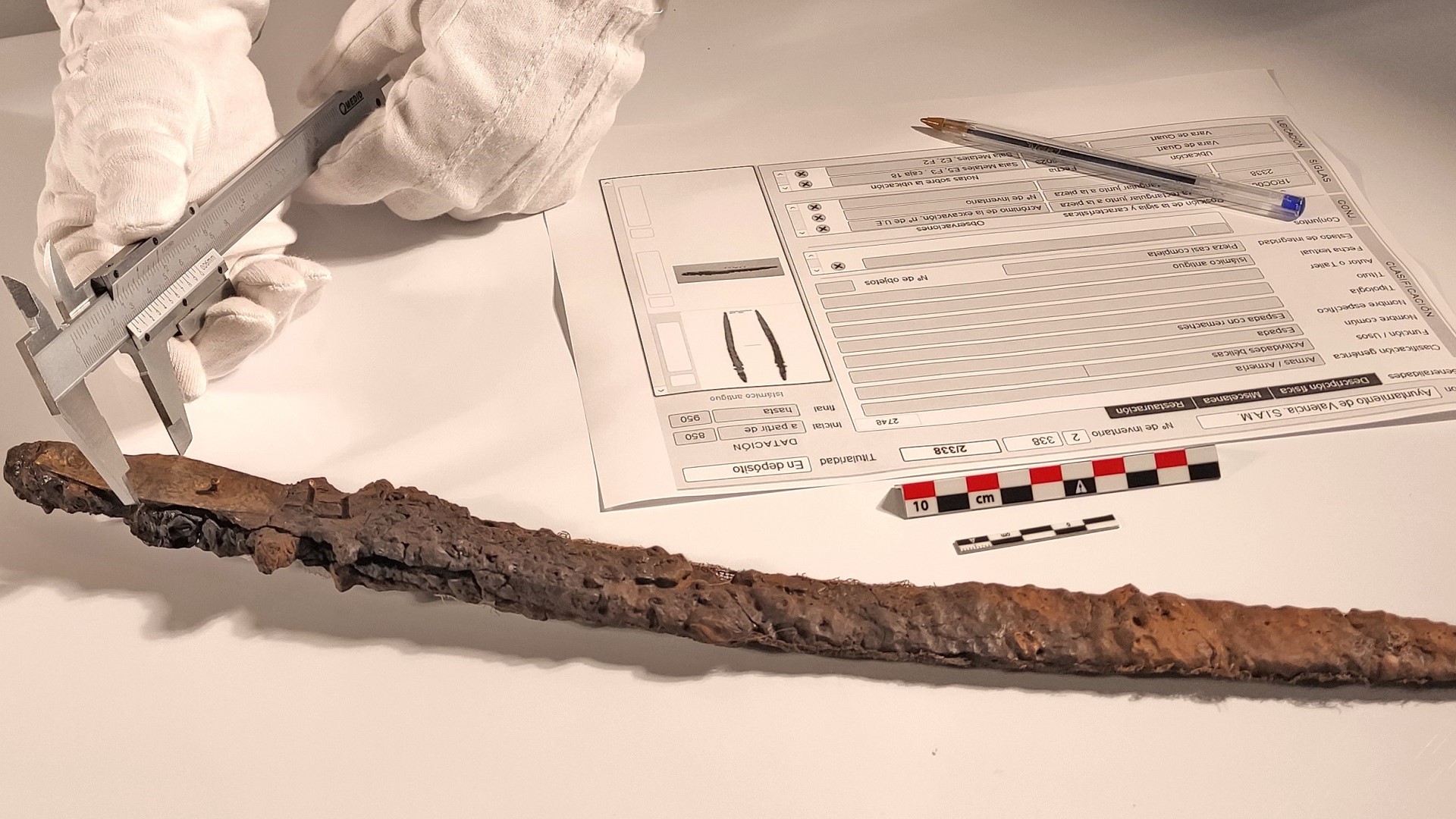Soil Systems, Vol. 7, Pages 95: Sediments as Sentinels of Pollution Episodes in the Middle Estuary of the Tinto River (SW Spain)
Soil Systems doi: 10.3390/soilsystems7040095
Authors: Luis Miguel Cáceres Francisco Ruiz Javier Bermejo Lucía Fernández María Luz González-Regalado Joaquín Rodríguez Vidal Manuel Abad Tatiana Izquierdo Antonio Toscano Paula Gómez Verónica Romero
Estuaries are excellent environments for identifying pollution episodes that have affected river basins, as their sediments are the final destination of some of the pollutants. This paper studies the geochemical evolution of five elements (As, Co, Cu, Pb, Zn) in a core extracted from the middle estuary of the Tinto River (SW Spain). The results are based on facies interpretation, ICP atomic emission spectrometry analysis, the application of a regional background to obtain the geoaccumulation index and dating. The main objective of this communication is the detection of natural or anthropogenic pollution episodes in the middle estuary of the Tinto River (SW Spain). Four pollution episodes have been detected: (1) ~5.8 cal. kyr BP, probably caused by natural acid rock drainage processes derived from the oxidation of the Iberian Pyritic Belt deposits found in its drainage basin; (2) 4.7–4.5 kyr BP, coming from the first mining activities and characterized by a significant increase in the concentrations of the five elements analyzed; (3) 1850–1960 interval, coinciding with intensive mining and characterized by increasing values of As and, to a lesser extent, Pb (intensive mining); and (4) the second half of the 20th century, with high element concentrations from mining and industrial effluents. All episodes show an increase in their geochemical classes deduced from the geoaccumulation index. This communication can serve as an example for assessing the impact of different types of pollution in estuarine environments.

 6 months ago
20
6 months ago
20


